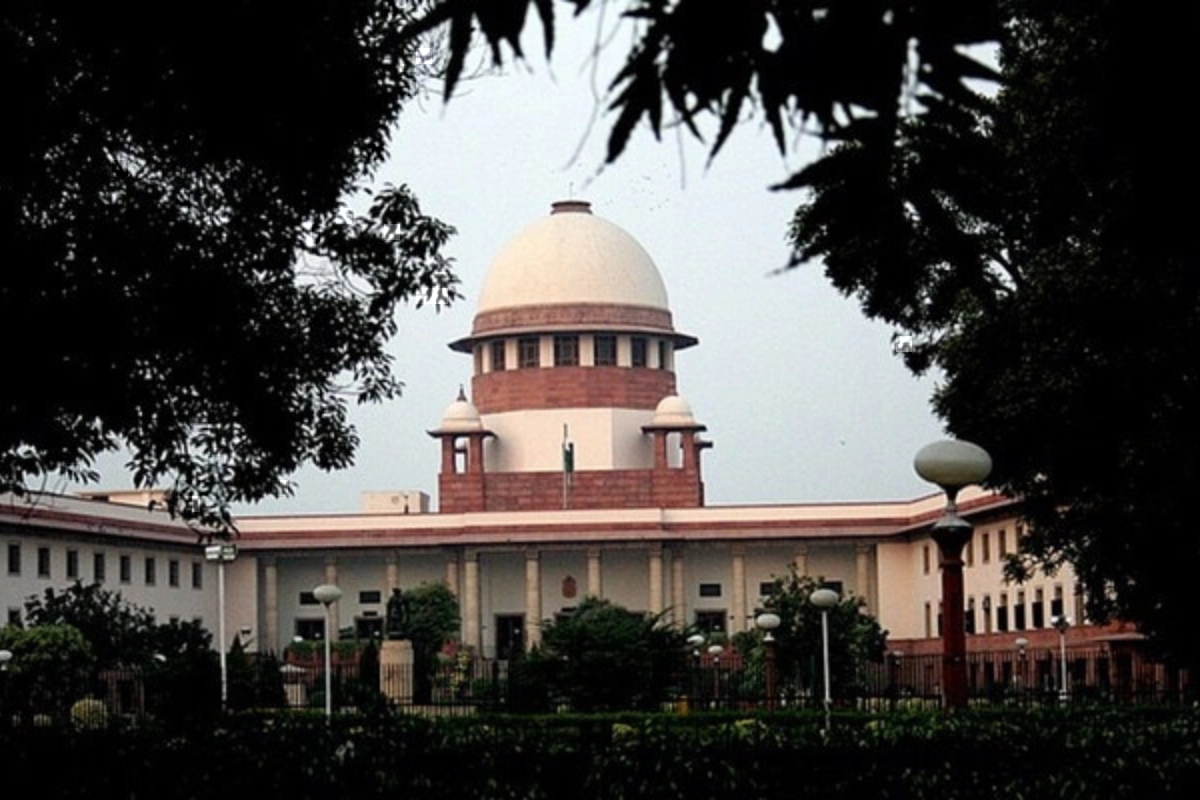Executive Vs Judiciary: The executive Vs judiciary is out in the open now. The Supreme Court had four days of discussion before it took the unprecedented step of making public its communication with the Centre on judges’ elevation. According to sources, Chief Justice of India DY Chandrachud discussed the matter with the Collegium as well as the judge who is expected to succeed him.
Also Read: China builds new dam in Tibet which can cause flood-like situation in India
The government is yet to respond as it seeks a bigger role in judges’ appointment. The back and forth had been going on for years and had escalated into a full-blown government versus judiciary debate.
The three letters were uploaded on Thursday wherein the court mentions the reasons for Centre and the intelligence agencies’ objections and the court’s response.
Series of meetings
Sources said the held a series of meetings over the last four days and then decided to amke the issue public. It also decided to re-recommend the elevation of lawyers Saurabh Kirpal, Somasekhar Sundaresan and R John Sathyan.
Three judges who signed the letters — Chief Justice DY Chandrachud and Justices SK Kaul and KM Joseph – met on Wednesday and again on Thursday morning, held discussions before uploading the letters on the Supreme Court website.
The Centre had turned down the recommendation to elevate the three candidates in November. The top court revealed that the Centre’s objections in case of Saurabh Kirpal was about his sexual orientation and the foreign nationality of his partner.
Recommendation of the other two — Somasekhar Sundaresan and R John Sathyan — were rejected because of their social media posts. Sathyan had shared an article criticising Prime Minister Narendra Modi while the other advocate had expressed contrary opinions about the Citizenship Amendment Act.
Dhankar quite vocal
Besides, Vice President and Rajya Sabha chairman Jagdeep Dhankhar has been quite vocal about the scrapping of the National Judicial Appointments Act.
Recently, Dhankhar questioned the historic 1973 Supreme Court judgment on the Kesavananda Bharati case and the resulting basic structure doctrine on the Constitution. “Today this one-upmanship and public posturing from judicial platforms are not good. These institutions must know how to conduct themselves,” he had said.
The debate on executive Vs judiciary intensified over the issue of judicial appointments. In November, the government returned the names of 19 candidates resulting in a pushback from the top court. The court said the Collegium system is the “law of the land” which should be “followed to the teeth” till another law comes in and survives constitutional scrutiny.
Union Law Minister Kiren Rijiju wrote to Chief Justice Chandrachud on January 16, seeking government representatives in the Collegium. This will “infuse transparency and public accountability”, the Law Minister wrote.
Also Read: Australian Open: Ons Jabeur crashes out after Marketa Vondrousova produced stunner
Keep watching our YouTube Channel ‘DNP INDIA’. Also, please subscribe and follow us on FACEBOOK, INSTAGRAM, and TWITT
